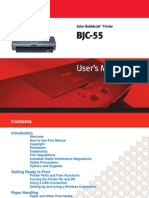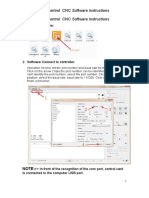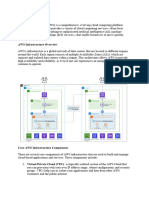0% found this document useful (0 votes)
23 views9 pagesDesign and Development of Embedded System
The document outlines the design and development of an embedded system aimed at real-time control and monitoring for various applications, emphasizing hands-on learning for students. It addresses the need for compact, energy-efficient systems that can integrate with IoT, and details the methodology, system architecture, and potential applications such as home automation and health monitoring. The project aims to provide foundational knowledge of embedded systems while demonstrating their versatility and impact across different industries.
Uploaded by
rprem7821Copyright
© © All Rights Reserved
We take content rights seriously. If you suspect this is your content, claim it here.
Available Formats
Download as DOCX, PDF, TXT or read online on Scribd
0% found this document useful (0 votes)
23 views9 pagesDesign and Development of Embedded System
The document outlines the design and development of an embedded system aimed at real-time control and monitoring for various applications, emphasizing hands-on learning for students. It addresses the need for compact, energy-efficient systems that can integrate with IoT, and details the methodology, system architecture, and potential applications such as home automation and health monitoring. The project aims to provide foundational knowledge of embedded systems while demonstrating their versatility and impact across different industries.
Uploaded by
rprem7821Copyright
© © All Rights Reserved
We take content rights seriously. If you suspect this is your content, claim it here.
Available Formats
Download as DOCX, PDF, TXT or read online on Scribd
/ 9





















































































